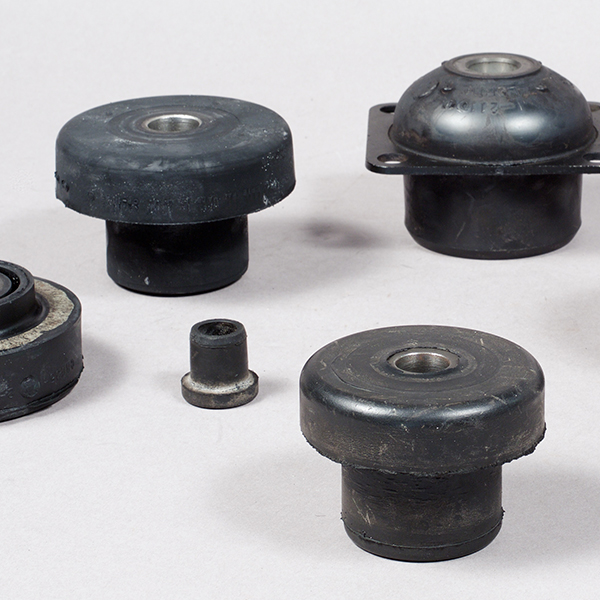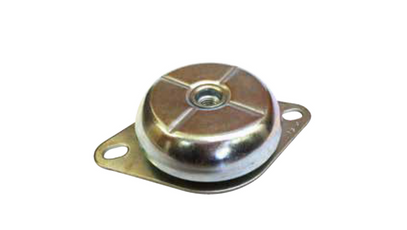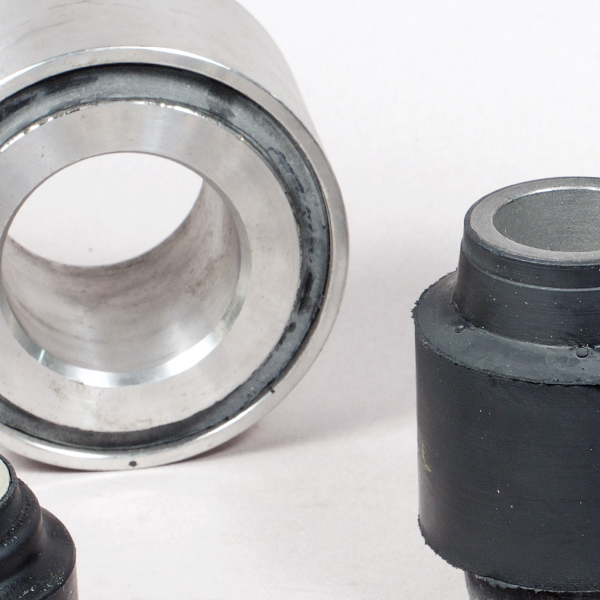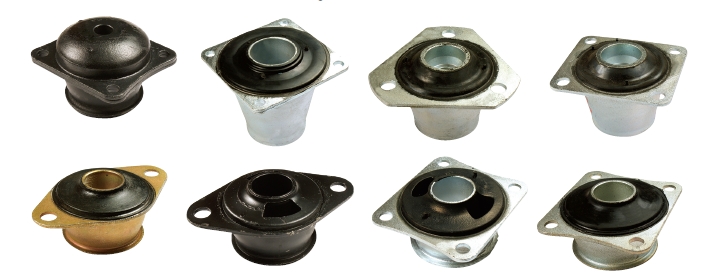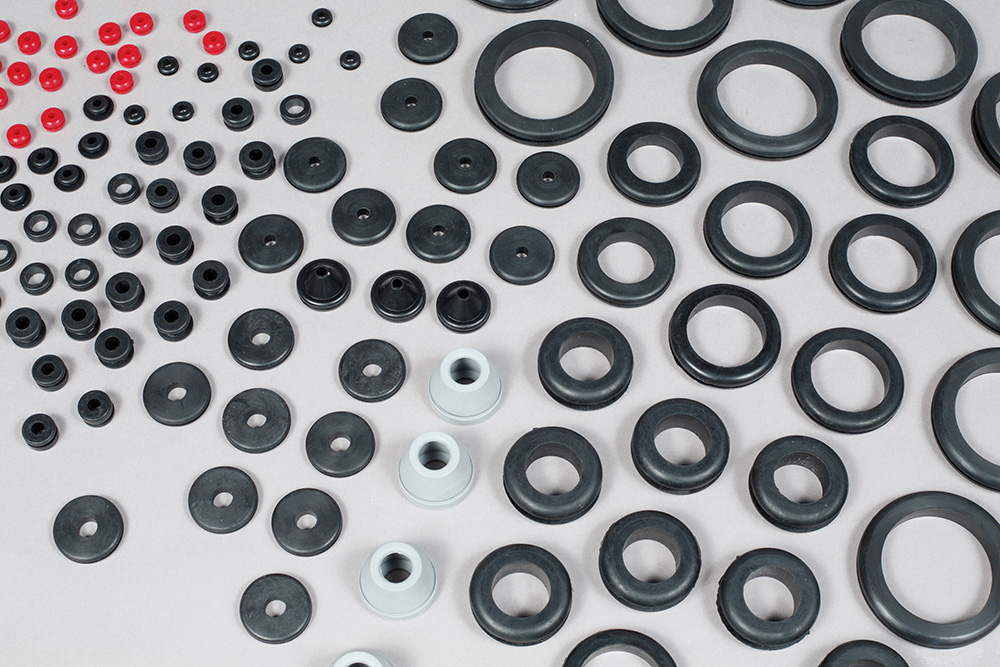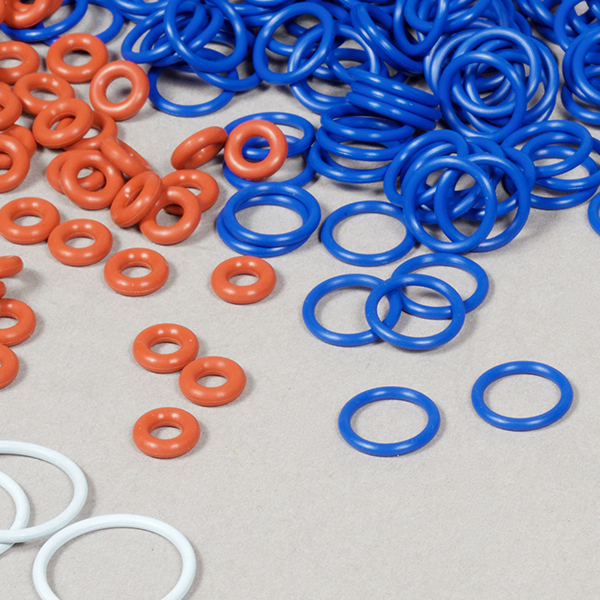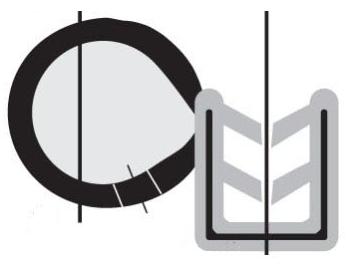Markets Served
Mass Transit Industry
As the priorities of the workforce change, so does mass transportation. Commuters are looking for comfortable, convenient, and efficient modes of transportation. As more people turn to ride-sharing and rental bikes, manufacturers should look for ways to continue improving their equipment. More +
Rubber Parts & Mass Transit Applications
RPM offers advanced rubber molding solutions tailored to meet precise specifications and industry standards. With expertise in compression, transfer, and injection molding, we deliver high-quality, durable rubber components designed for mass transit applications. Each of these applications require many different parts. Engines, transmissions, and suspension systems are all sure to play a role in each.
| Application | Common Parts | Common Processes |
|---|---|---|
| Streetcars | Rubber seals, vibration mounts, grommets, and bushings used to reduce noise and protect bolting machinery components from wear. | Compression molding for durability and high resistance to tearing, injection molding for complex shapes and precise tolerances. |
| Ferries | Door seals, rubberized flooring, suspension bushings, and noise-dampening pads to ensure safety and comfort for operators. | Transfer molding to create durable, shock-absorbing parts, extrusion for flexible seals and tubing. |
| Buses | Drill head seals, anti-vibration pads, and rubber bushings designed to protect drilling components from impact and abrasion. | Precision extrusion for high-quality seals, vulcanization for enhanced material properties like heat and wear resistance. |
| Subways | Weather-resistant seals, vibration dampeners, rubber grommets, and protective boots for wiring and moving parts. | Compression molding for long-lasting durability, injection molding for custom shapes and parts, die-cutting for precise component production. |
| Monorails | Rubber buffers, hydraulic seals, wear pads, and anti-slip mats to enhance safety and maintain equipment longevity. | Injection molding for intricate parts, precision die-cutting for custom shapes, and vulcanization for improved mechanical properties. |
| Light Rail | Shock-absorbing rubber pads, high-impact seals, dust boots, and vibration control mounts used to withstand high-pressure environments. | Compression molding for robust, wear-resistant parts, transfer molding for strong, flexible components, vulcanization for enhanced impact and abrasion resistance. |
| Commuter Trains | Seals for high-pressure hoses, rubber diaphragms, gaskets for spray nozzles, and flexible tubing to withstand chemical exposure. | Extrusion for long, flexible seals and tubing, compression molding for durable gaskets and seals, vulcanization to improve chemical and temperature resistance. |
| Cable Cars | Rubberized cable protectors, shock-absorbing mounts, impact-resistant seals, and gaskets for secure, safe handling of explosive materials. | Injection molding for high-precision parts, compression molding for impact resistance, vulcanization for enhancing durability and safety properties under high-stress conditions. |
Use our interactive infographic to find rubber parts for your Mass Transit application:
Rubber parts are most likely not the first thing you think of when considering mass transportation equipment. Even so, they are imperative to the proper function of the machinery. One of the main purposes of using rubber parts in mass transit is to isolate vibration, shock, and noise. If you have ever ridden on a bus or subway car, you know just how noisy and jolting the experience can be. Without engine mounts and other rubber parts, it would be far worse. The benefits of rubber engine mounts are endless. They work by absorbing the disturbing frequencies that are naturally produced by engines. This, in turn, protects the surrounding critical components, reduces vibration, and improves the operator and passenger experience.
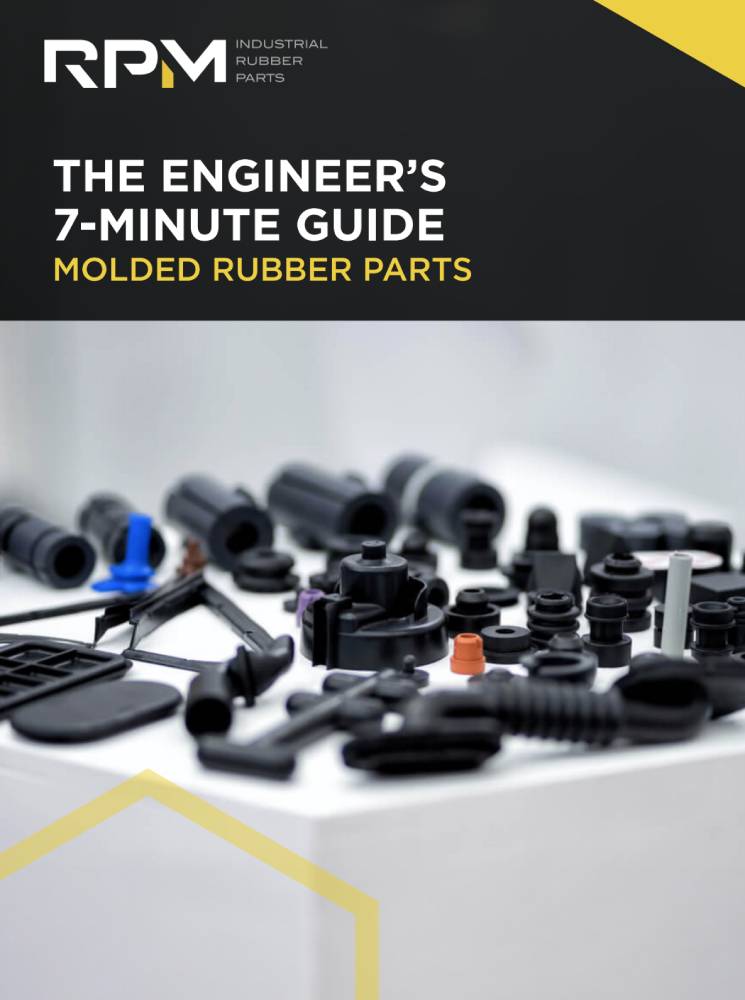
The Engineer’s 7-minute Guide to Rubber Molded Parts
Our free resource is a quick-reference guide to help you determine if exploring a rubber part is right for your application.
Challenges
A US Census report on public transportation commuters shows that the number of Americans relying on public transport to commute to and from work has been slowly decreasing since 2015. New investments into infrastructure and mass transit technology are needed to get those numbers back up. The decrease in passenger usage is due to a few main challenges:
Operator Shortages
Many industries are experiencing labor shortages. However, in mass transportation, the labor shortage has a large impact. When there aren’t enough operators, some routes are canceled. This then prompts commuters to turn to other methods of transportation.
Discomfort
A study published in the Journal of Physical Therapy Science shows that 81% of bus drivers experience lower back pain attributed to vibration. Making public transportation more comfortable not only improves the passenger experience but also improves working conditions for operators. This is easily done by implementing rubber mounts to reduce excessive noise and vibration.
Equipment Reliability
There is nothing more frustrating than being in a rush to get somewhere, only to find out that your mode of transportation is broken down. This reliability issue is encouraging passengers to seek alternatives to public transportation. According to a New York City Independent Budget Office report, NYC repairs and maintenance are the second most common reason for metro delays. The shock frequencies that come from mass transit equipment can damage sensitive components. In turn, those damaged parts will require repairs or replacements, further increasing delays in transportation schedules.
Trends
Passenger priorities are becoming focused on sustainability and speed. Mass transit equipment is starting to reflect this. With the rate of public transportation passengers dropping, it’s more important than ever that OEMs focus on producing innovative equipment. Here are two trends that are driving mass transit manufacturing.
Electric Mass Transit Equipment
One of the best ways to live a more environmentally friendly lifestyle is to take mass transportation – especially when it’s electric. According to Smart Cities Dive, there is a huge push to add EV buses to mass transit fleets. While there are still some challenges in implementing electric mass transit, many cities have begun to take the steps to do so.
High Speed Travel
High speed rails, also called bullet trains, are another mass transit trend taking the United States by storm. Some high speed rails in the United States reach up to 150 miles an hour during their routes. The benefits of high speed rails are endless: quicker routes, reduced environmental impact, and job growth are only some. Bullet trains require proper suspension to keep operators, passengers, and critical parts safe from naturally occurring vibration. Understanding vibration theory and why it matters is the best way to keep harmful shock to a minimum.
Related Resource
Complete Engine Mount Design Guide
Our free resource covers the types, materials, manufacturing processes, industry usage and costs of engine mounts.
Frequently Asked Questions

Find quick answers to your questions here or contact us directly for any additional inquiries.
What are the benefits of rubber compression molding?
Compression molding offers several advantages, including high production rates, excellent dimensional stability, and the ability to produce complex shapes with intricate details.
Which is better? Natural rubber or synthetic rubber?
Natural and synthetic rubbers each have strengths. Natural rubber is great for flexibility, while synthetic rubbers can be customized for specific needs like heat resistance. The best choice depends on the specific application.
How do I select a vibration isolator for my application?
To select the right vibration isolator, start by determining the frequency and amplitude of the vibrations, the weight of the equipment, and the desired level of isolation. Contact the team at RPM for assistance.
What is rubber-to-metal bonding?
Rubber-to-metal bonding involves creating a strong and durable connection between rubber and a metal surface, resulting in a composite material that combines the flexibility and shock absorption of rubber with the strength and rigidity of metal.
What is an engine mount and how does it work?
An engine mount is a flexible component that isolates the engine from the vehicle’s frame, reducing vibrations and noise while allowing for slight engine movement during operation.
What is a rubber sandwich mount?
A rubber sandwich mount is a vibration isolation device consisting of two metal plates with a layer of rubber sandwiched between them, used to reduce the transmission of vibrations.
Ready to get started?
Let Us Be a Small Part of a Big Solution: Your Partner in Building Life Changing Products.
Or Call Us: 888-842-5668





